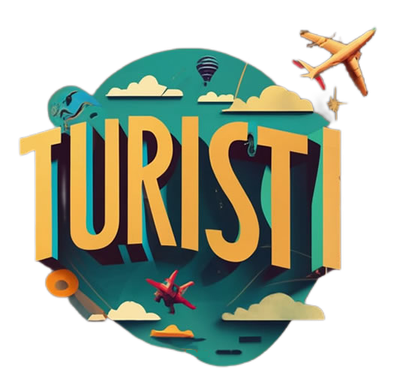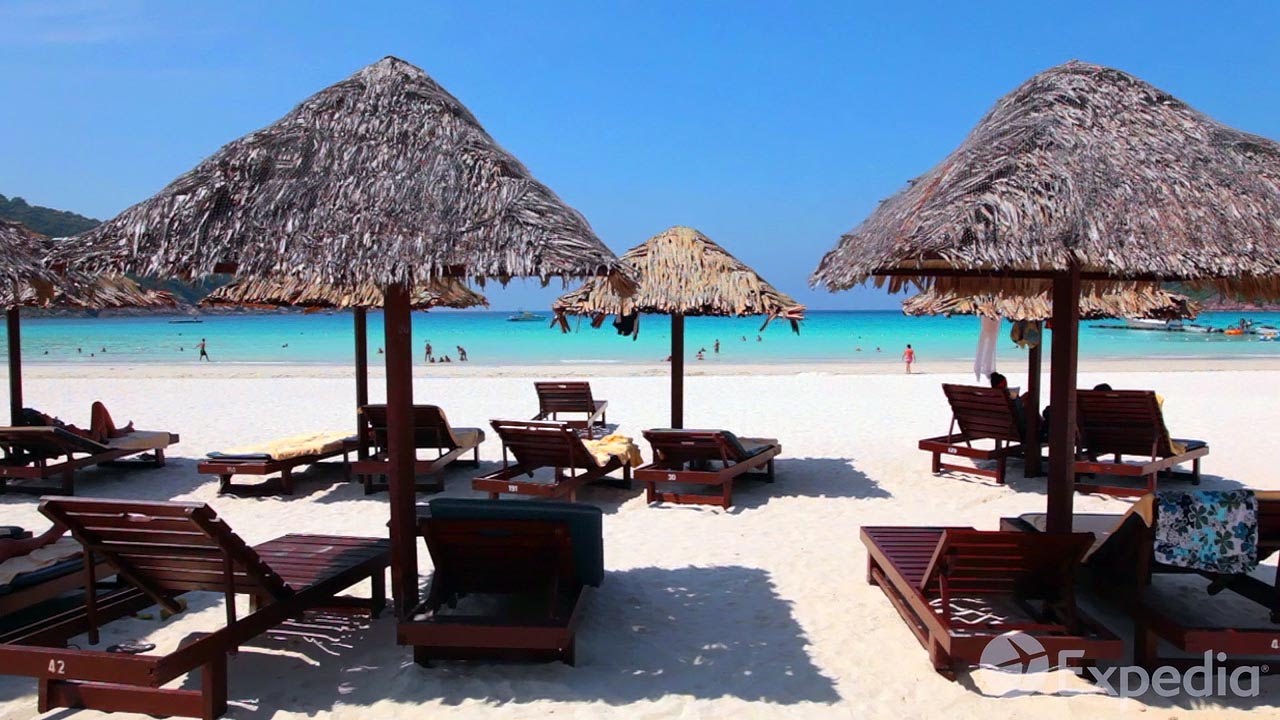Use our travel guide to figure out a country within your budget: …
That’s a fantastic question! The couples you see traveling the world often employ a combination of creative income strategies, disciplined budgeting, and resourceful logistics.
There isn’t one single way, but rather a few common models that allow couples to sustain a nomadic lifestyle:
1. Funding the Travel: The “How” of Income & Savings
The biggest secret is that most couples either maintain an income stream while traveling or fund the trip using smart, dedicated savings.
A. Location-Independent Income (Digital Nomads)
This is the most common and sustainable model, allowing couples to earn money from anywhere in the world.
-
Remote Work: Keeping their pre-existing office jobs (marketing, software development, customer service, consulting) but negotiating a permanent remote contract.
-
Online Business Owners: Running e-commerce stores, affiliate marketing sites, or specialized online agencies (e.g., social media management, web design).
-
Freelancing & Gig Work: Offering specialized services online (writing, coding, graphic design, translation, virtual assistant services) to clients worldwide.
-
Creating and Selling Digital Products: Developing online courses, e-books, stock photos/videos, or software.
-
Teaching English Online (TEFL): Teaching students in other time zones from a laptop.
B. Travel-Specific Income
This involves earning income directly related to travel, often shared by the couples who extensively document their journeys.
-
Content Creation: Earning revenue through YouTube ads, blog ads/affiliate links, brand sponsorships (paid collaborations with companies), and selling content (photography/video).
-
Travel Writing/Journalism: Contributing articles to travel publications or websites.
-
Tour Guiding/Seasonal Work: Working short-term jobs in the destinations they visit (e.g., working on yachts, seasonal resorts, or as local tour guides).
C. The Career Break (Saving & Budgeting)
For couples taking a sabbatical or gap year, the entire trip is funded upfront.
-
Aggressive Savings: The couple decides on a travel timeline (e.g., 6 months, 1 year) and sticks to an extreme savings plan beforehand, often cutting all non-essential expenses and working extra jobs.
-
Selling Assets: Selling their house, car, or other major possessions to create a large travel fund.
-
Investment Income: Relying on passive income from rental properties or investments (less common for younger travelers).
2. Logistics & Housing: The “How” of Living Affordably
To make the money last, couples focus heavily on minimizing housing and transportation costs.
-
Slow Travel: Instead of moving every few days, they stay in a location for 1 to 3 months. This unlocks much lower long-term rental rates (often 30–50% cheaper than booking per night).
-
Geographical Arbitrage: They earn high-value income (e.g., USD, EUR, GBP) but live in countries where the cost of living is significantly lower (e.g., Southeast Asia, Latin America, Eastern Europe).
-
Shared Accommodation: Splitting the cost of accommodation (Airbnb, local apartment rentals) between two people dramatically reduces the per-person daily budget.
-
House Sitting: Providing security and looking after pets for homeowners in exchange for free accommodation.
-
Vehicle Living: Traveling in a van, RV, or converted bus (van life), which eliminates rent payments entirely.
3. Transportation & Technology: The “How” of Mobility
-
Credit Card Hacking: Maximizing travel rewards credit cards to earn frequent flyer miles and hotel points, significantly reducing the cost of long-haul flights and luxury accommodation.
-
Budget Airlines: Booking flights well in advance and exclusively using low-cost carriers (often only carrying backpacks to avoid baggage fees).
-
Overland Travel: Opting for cheaper, slower transportation methods like buses, trains, and ferries over flying whenever possible.
-
Reliable Tech: Carrying essential remote work gear: light laptops, noise-canceling headphones, and robust backup systems. They always prioritize a reliable eSIM/SIM card and a portable Wi-Fi hotspot for internet security and connectivity.
4. Lifestyle & Mindset: The “How” of Sustainability
Finally, successful travel couples prioritize the health of their relationship and their routines to prevent burnout.
-
Clear Roles: Defining who handles travel logistics (flights, visas), who manages the budget, and who is responsible for income/work tasks to minimize friction.
-
Work-Travel Balance: Establishing strict work hours while traveling to ensure tasks are completed and deadlines are met, allowing for guilt-free exploration time.
-
Prioritizing Needs: They often budget for experiences (tours, food) but save money on necessities (basic accommodation, cooking meals instead of eating out constantly).
-
Handling Finances: Using joint bank accounts for travel expenses and relying on low-fee international bank accounts and credit cards to avoid costly withdrawal fees.
In short, most traveling couples live highly intentional, cost-conscious, and flexible lives, leveraging technology to earn their primary income while prioritizing experiences over accumulating possessions.









